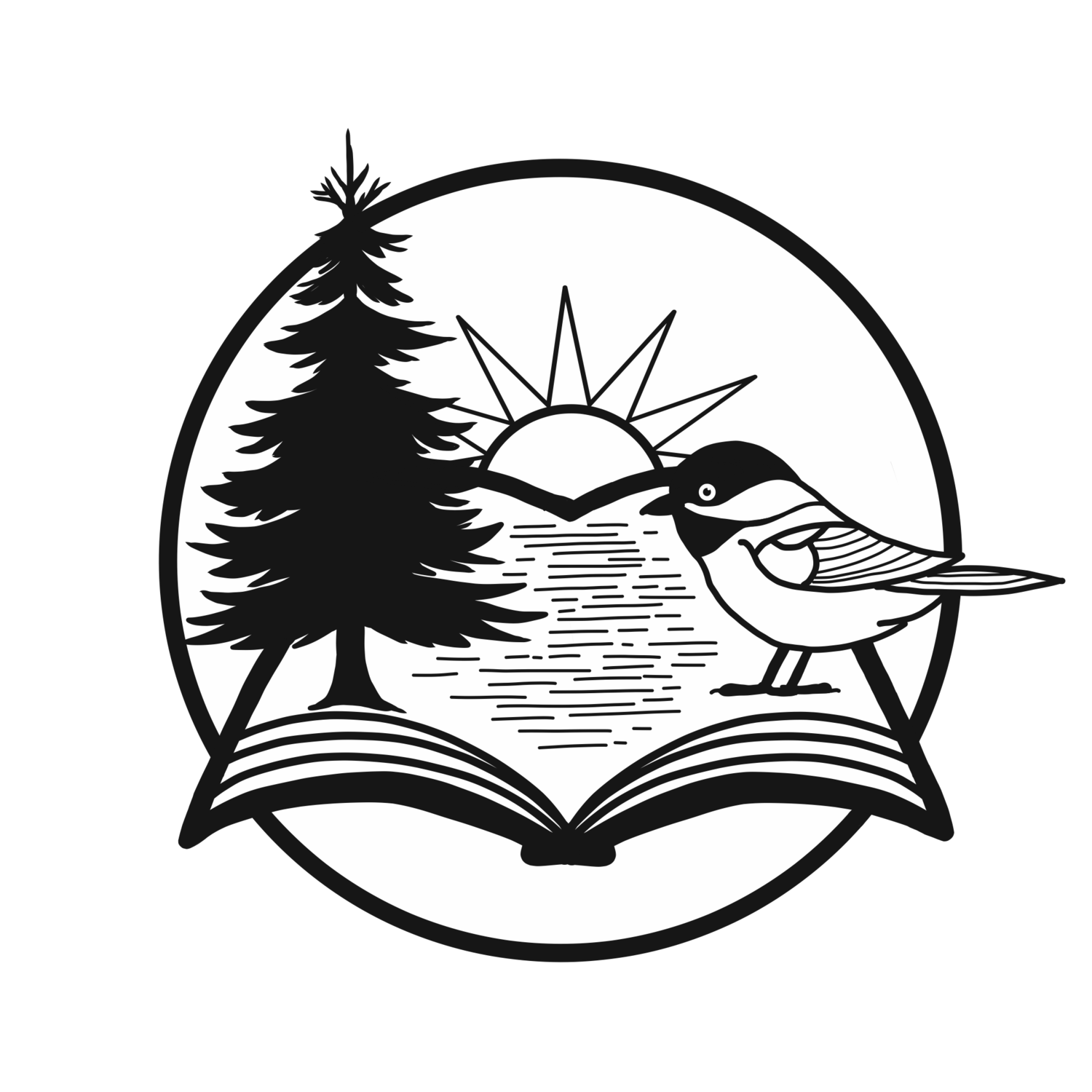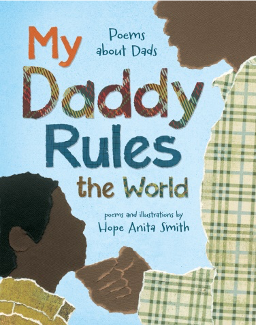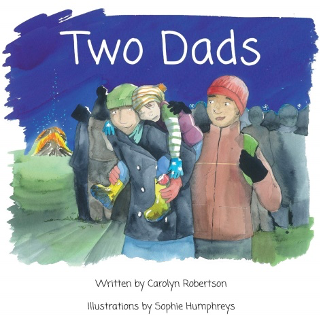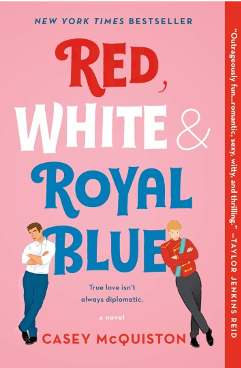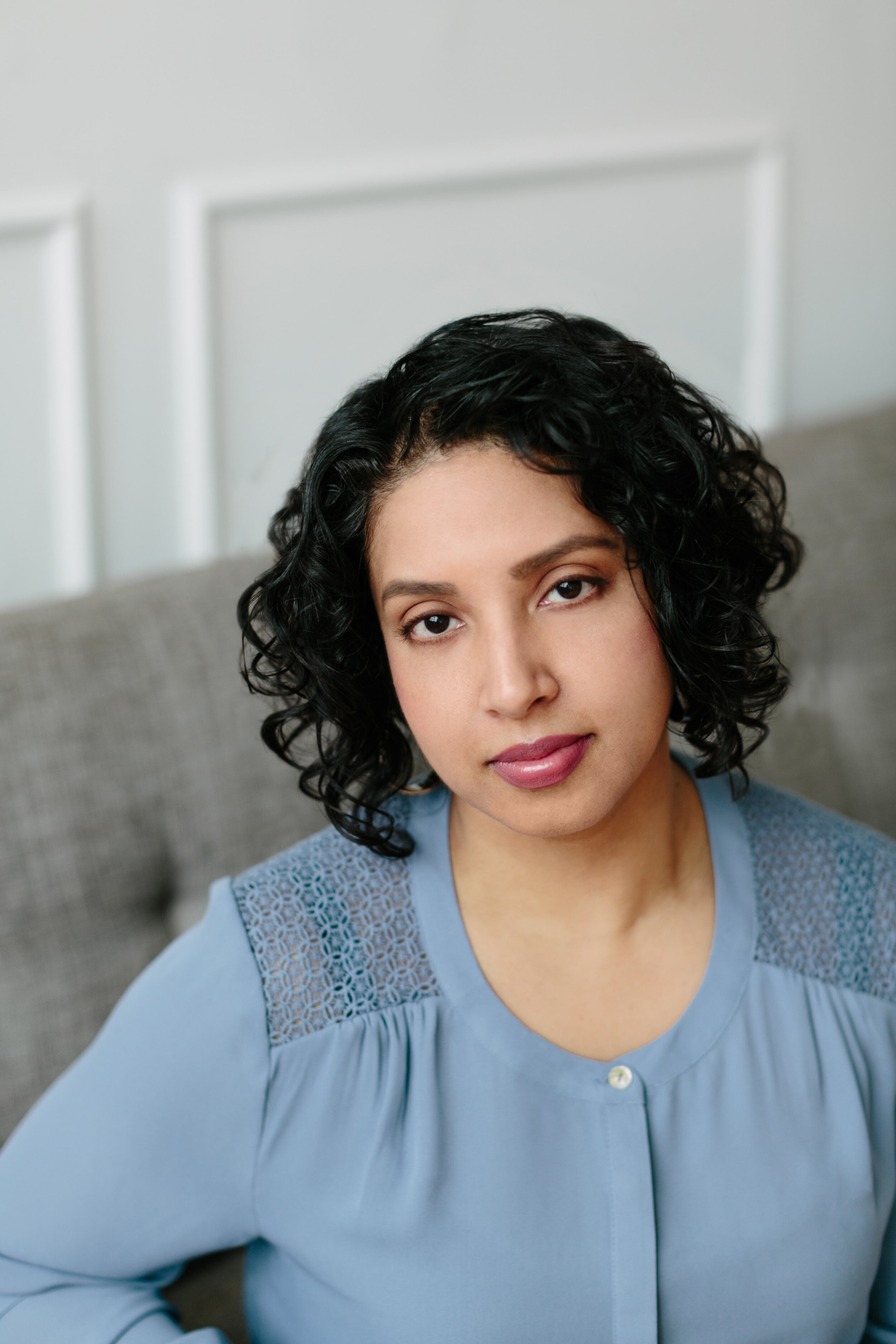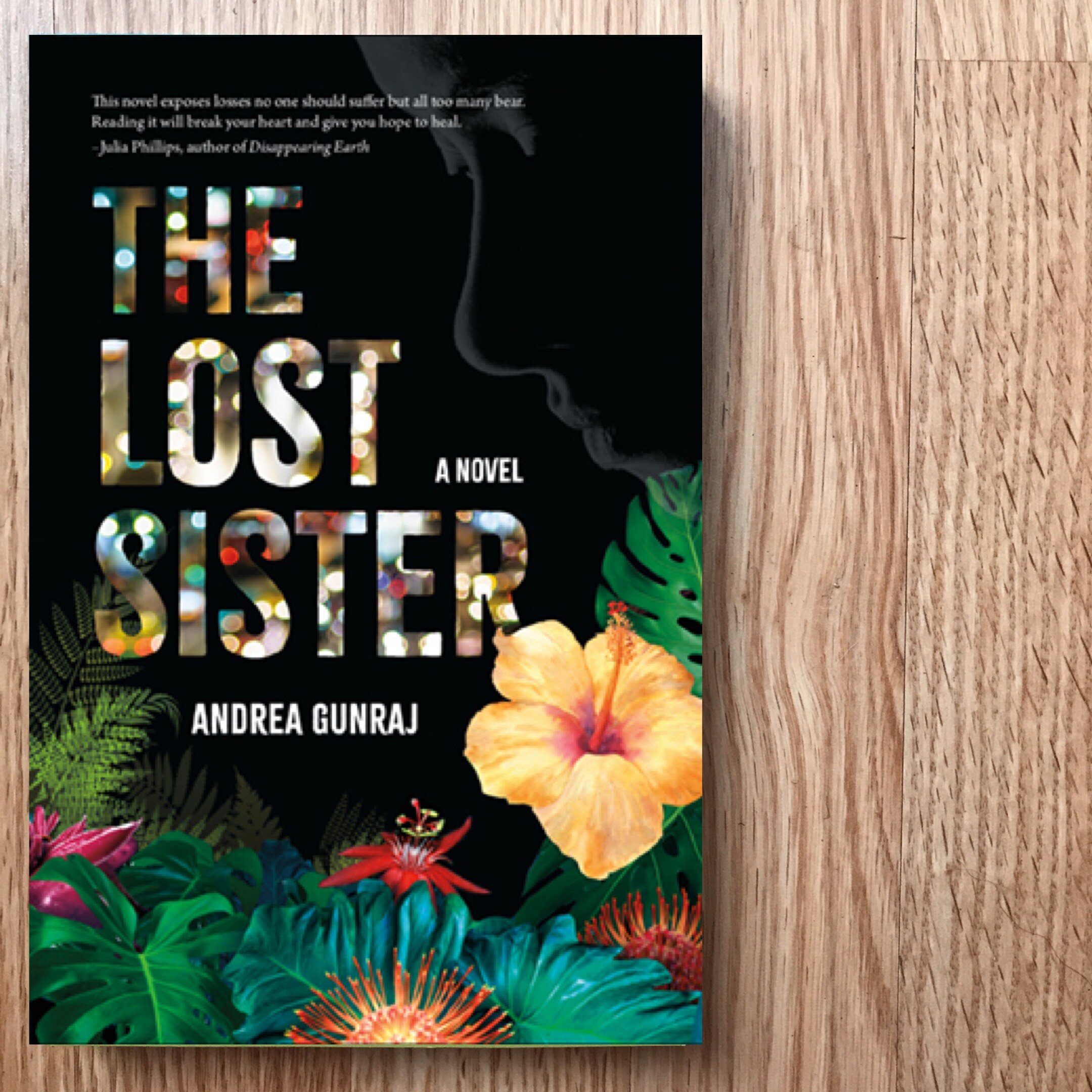I adore that you both took different animal families and used them as a way to teach children that families are different. Where did you get the inspiration to write Every Family is Different?
Rojas: I think I first heard Connie’s idea about a children’s book that discussed different family dynamics in the animal kingdom while we were on vacation in Ontario. As an Early Childhood Educator, I have always been on the lookout for books that represent different families. So, I jumped at the chance to be involved with it.
O’Connor: Thank you so much! I am so glad that you liked the book. Natalia and I are good friends, and we both love reading, writing, and story-telling. Natalia is an early childhood educator, and she mentioned that she finds it hard to find picture books with diverse families. I am a biologist, and so we realized that we could combine our different experiences and perspectives to write a children’s book where we use real examples of different animal families from nature to share a positive message about celebrating diverse family structures.
You both wrote Every Family is Different and Lucy illustrated it. How did you find working with and collaborating with a co-author (versus writing a book yourself) and what was it like working with an illustrator to create this book?
Rojas: I have written and published another children’s story, Music is in Everything, in mid 2018. So, it was very interesting being able to compare and contrast the experiences. I thought collaborating as a co-author was fun, it had many advantages. Probably the best one was having another person to bounce ideas off of and working together to get the best rhythm for our story. Working personally with an illustrator is a huge perk. You are able to really see your vision come to life! Lucy is amazing and her style was exactly what we were looking for.
O’Connor: I’ve done a lot of collaborative writing for my work as a scientist. While writing a children’s book was very (very!) different than scientific writing, I found that the process of working with Natalia as a co-author came naturally. It’s really nice to have someone to brainstorm with! And working with Lucy was fantastic. Right from her first rough sketches, I thought that her artistic style fit the book perfectly.
At the end of Every Family is Different you added in some interesting facts about each of the animals in the story. What made you choose those animals for your story and were there animals that you wanted to include but didn’t end up using?
Rojas: I think adding facts about the animals is so important for children to make further connections with the animals and our environment. There was a time where we played with having an animal from every continent and using a deer and fawn instead of a mama bear and her cub. However, I really like the animals that were chosen. I felt strongly that the animals should be recognizable to small children.
O’Connor: There are so many amazing animal families out there, and it was really hard to pick only a handful of animals for our book! We eventually picked our animals because they’re all recognizable for kids, and they’re from different parts of the world, and there is a mix of different types of animals (we have some birds, mammals, a fish, and a frog). We had initially wanted to have an animal from every continent. Ultimately though, we decided that the book would be too long for a children’s book if we included every animal that we wanted to.
What was the most surprising thing that you learned while going through the process of creating and writing Every Family is Different?
Rojas: I was surprised how emotionally attached I ended up feeling towards this book. Having this abstract idea become something tangible filled me with a deep satisfaction. I am really proud of this book and I hope many people can enjoy it.
O’Connor: I was surprised at how nervous I was when it was released! It gives me a whole new appreciation for how brave authors and writers are, to share their writing with the world.
With such a great children’s book, I have to ask, will there be another book from you soon?
Rojas: Every Family is Different was my second book. Right now, I am putting a pause on new ideas and trying to promote what I have already written, as well as getting used to life with a new baby in tow. Writing is one of my biggest passions, I am always writing new ideas down. Time will tell when the next one will come to life.
O’Connor: It took us about a year and half to write this book, and then another year to get through the publication process, and so perhaps there won’t be another one too soon! But I would like to write another book, even if it takes a few years to get there. I have a few little seeds of ideas, so I’ll be patient and see what they grow into.
Now that you’ve finished this process of publishing Every Family is Different, what advice would you give to aspiring authors and co-authors?
Rojas: I would say to take your time with your story. Make many drafts, revisit them often and do not be afraid to change things up. Writing and publishing a story takes time so patience is key.
O’Connor: I think that my advice would be to just keep taking small steps, even when your goal seems far away and unattainable. At some points in the process, it seemed like we were never going to finish, but we just kept making small steps forward. I’m glad that we stuck with it!
What is your “must-read” book recommendation and what book has had the most impact and influence on your writing?
Rojas: I have so many must-read books. Sticking to the children’s genre, I would recommend any book by Mo Willems, although I am partial to the Pigeon books. His stories are always very amusing, and the illustrations and text are engaging. A book that has influenced my writing would have to be The Little Prince by Antoine de Saint-Exupéry. It is my favourite book! I treasure it for its beautiful message and vivid imagery but most importantly because it’s a book that seems new to me every time I reread it.
O’Connor: This question is always too hard! I love reading, and there are too many. But I would say that my current favourite off my kids’ bookshelf is The Girl and the Wolf, written by Katherena Vermette, and illustrated by Julie Flett.
*Both authors were interviewed separately for this article. Thank you to Constance and Natalia for their time in speaking with us.
